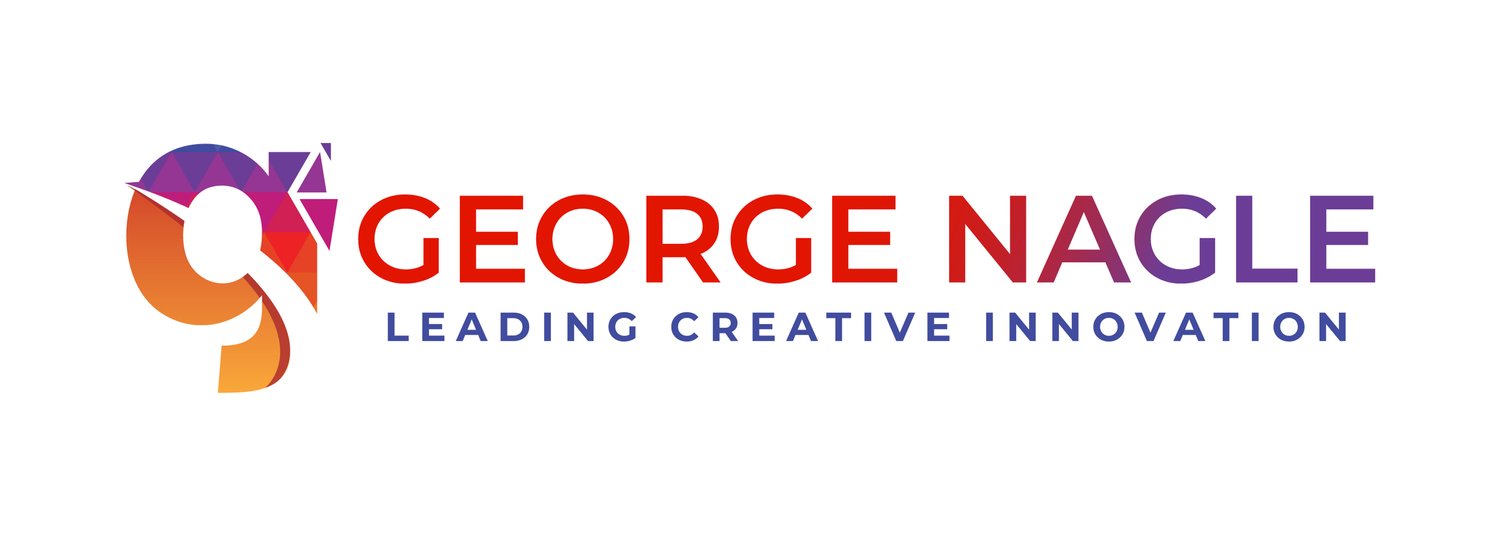Multitasking Costs Creative & Productivity- The Switch Cost Effect
In today's fast-paced world, we often find ourselves juggling multiple tasks and rapidly switching between them. While multitasking might make us feel productive, it can also lead to a phenomenon known as the "switch cost effect." This cognitive phenomenon has a profound impact on various aspects of our lives, including creative innovation and productivity. It is estimated to take 23 minutes to regain the level of focus we had on a task from even just a moment of interruption. How many interruptions do you have in a day?
Understanding the Multitasking Switch Cost Effect
The multitasking switch cost effect refers to the cognitive price we pay when we shift our attention and mental resources from one task to another while attempting to multitask. Every time we switch between tasks, our brain needs time to adapt, refocus, and reallocate resources, resulting in a temporary decrease in productivity and efficiency.
Imagine you're working on a creative project, and you're also trying to answer emails, attend to phone calls, and keep up with social media. Each time you divert your attention from your creative work to another task, you incur a multitasking switch cost. Even when you return to your creative work, your momentum and flow may be disrupted, making it challenging to maintain a high level of creativity and innovation.
The Impact on Creative Innovation
1. Reduced Productivity: When individuals engage in multitasking with frequent interruptions and task-switching, they often find it difficult to stay in a state of "flow," a mental state associated with enhanced creativity. Flow requires sustained attention and deep concentration, making it challenging to maintain in an environment marked by constant disruptions.
2. Cognitive Overhead: The cognitive overhead associated with multitasking and task-switching drains valuable mental resources that could otherwise be directed toward creative problem-solving and ideation. This can stifle innovation as your brain is preoccupied with managing the multitasking switch cost rather than generating novel ideas.
3. Limited Deep Thinking: Creative innovation often requires deep thinking and the exploration of unconventional ideas. Multitasking exacerbates the switch cost effect, hampering your ability to engage in sustained, deep thought processes as your mind constantly has to reset when shifting between tasks.
4. Quality vs. Quantity: Creativity and innovation are not merely about producing a high volume of ideas but generating high-quality, groundbreaking concepts. Constant multitasking can lead to a shallow exploration of ideas, making it difficult to reach the depths of innovative thinking.
Mitigating the Multitasking Switch Cost Effect for Creativity and Innovation
1. Time Blocking: Allocate specific blocks of time for creative work without distractions. Turn off notifications and create a dedicated environment that promotes focus and deep thinking.
2. Prioritize Tasks: Identify tasks that demand creativity and innovation and tackle them during your most productive hours. Minimize low-priority tasks that can increase the likelihood of interruptions.
3. Minimize External Distractions: Keep your workspace clutter-free and reduce external distractions. Use tools like noise-cancelling headphones and website blockers to maintain focus.
4. Mindfulness and Meditation: Incorporate mindfulness and meditation practices into your routine to increase your ability to concentrate and reduce the impact of the multitasking switch cost effect.
5. Collaborative Time Management: Coordinate with colleagues or team members to align schedules for collaborative creative work, reducing the need for constant task-switching.
The multitasking switch cost effect is a significant challenge in today's fast-paced world, impacting our ability to foster creativity and innovation. Beyond those potentially abstract or intangible costs, there are other costs to productivity and, more specifically, time. By understanding the cognitive costs associated with constant task-switching while multitasking and adopting strategies to mitigate them, individuals and organizations can create an environment that nurtures creativity, enabling the emergence of groundbreaking ideas and innovations.
